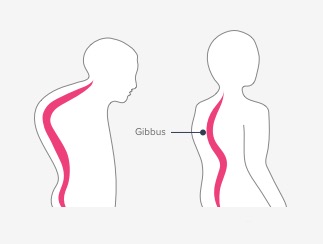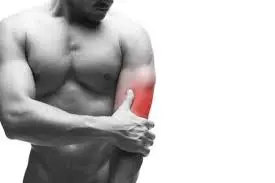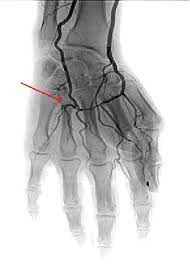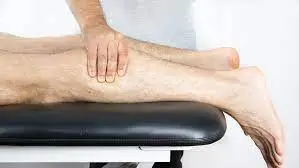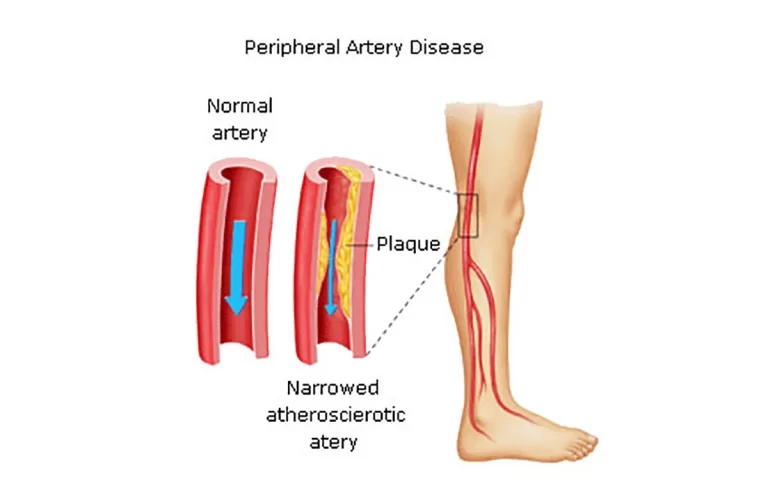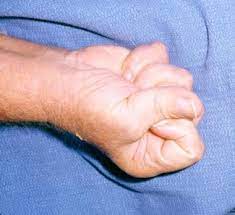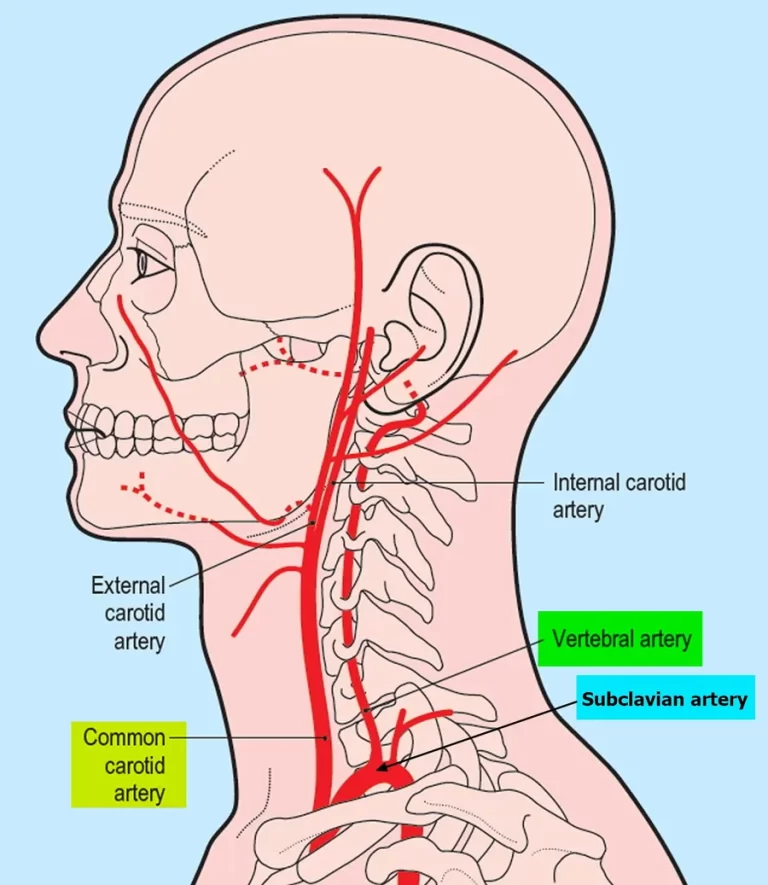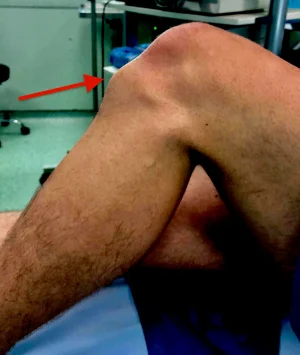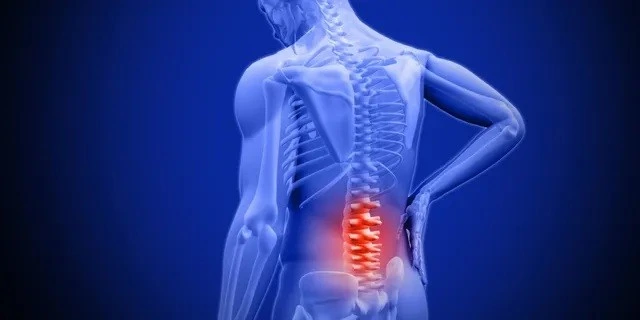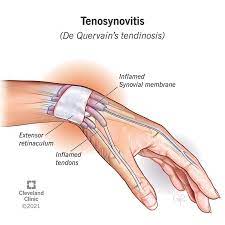Gibbus Deformity
What is a Gibbus Deformity? Gibbus deformity, also known as kyphotic deformity, is a spinal condition characterized by an abnormal, sharp angulation of the spine. It results in a hunchback appearance where the upper back becomes excessively rounded. This deformity is most commonly associated with tuberculosis of the spine, also known as Pott’s disease, although…

